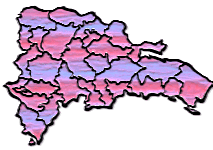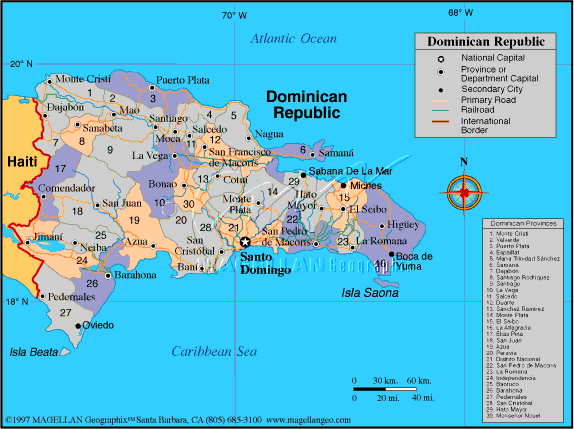


A brief explanation of the geography of Dominican
Republic. Sharing the island of Hispanola with the Republic of Haiti, The
Dominican Republic is the second largest of the Caribbean nations, with an area
of some 48,400 sq. kilometers (18,800 sq. miles ), about twice the size of Massachusetts.
The population of the country stands at 7,600,00, a mixture of different
national influence. The economy has traditionally been built on
agriculture, with sugar holding a preeminent position, followed by coffee,
tobacco, and cacao. Mining is also a highly significant activity for example;
the largest world's open-pit gold mine, silver mine and also the most valuable
amber mine in the world. Located on the heart of the Caribbean makes
this island the best island to expend your vacation.



Its tropical latitude and favorable trade winds ensure a
moderate year-round climate, with temperature rarely falling bellow 16c
(60f )nor rising above 32c (90f). The climate, along with its
extensive beaches, have made the Dominican Republic a tourist destination of the
first rank. www.weather.com




![]()
![]()
![]()